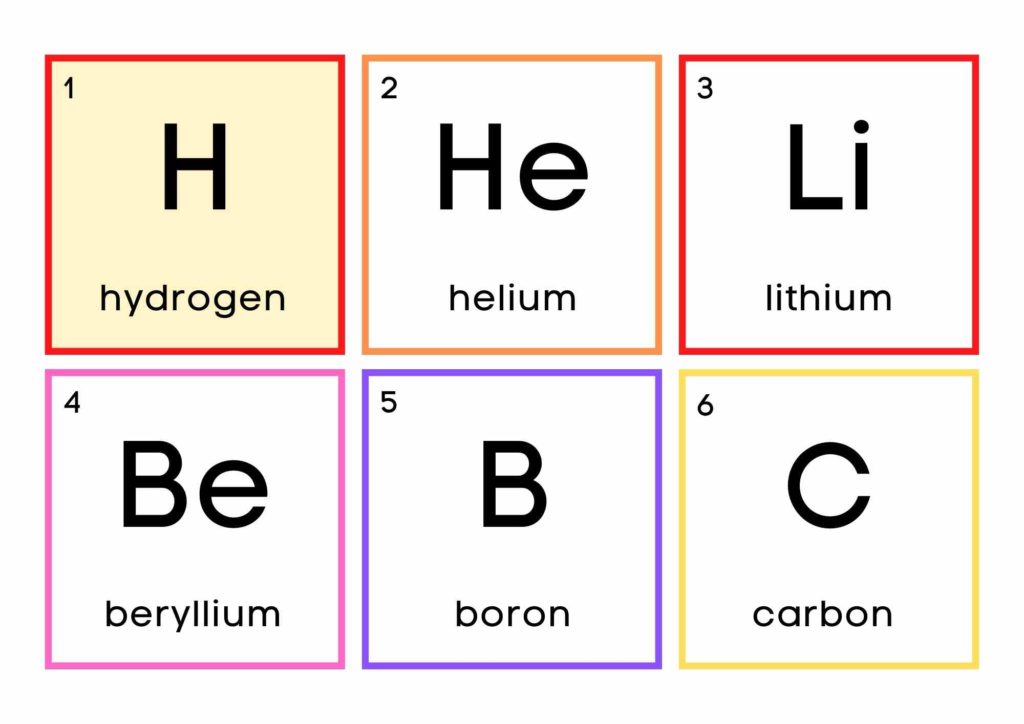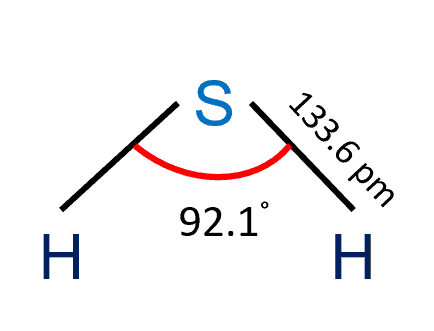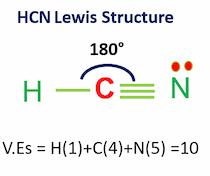Hydrogen molar mass is 1.00794 g/mol. The molar mass of an element or molecule is the total mass in grams of all the atoms that comprise a mole of a certain molecule. Since hydrogen does not exist as one atom, the molar mass of the hydrogen molecule is 2.016 g/mol.

Table of Contents
What is Hydrogen (H2)?
Hydrogen is the chemical element with the symbol H and atomic number 1. At standard conditions, hydrogen is a gas of diatomic molecules having the formula H2. It is colorless, odorless, tasteless, non-toxic, and highly combustible. Hydrogen is the most abundant chemical substance in the universe, constituting roughly 75 percent of all normal matter.
| Name of molecule | Hydrogen |
| Bond Angles | 180 degrees |
| Molecular Geometry of Hydrogen | Linear |
| The polarity of the H2 molecule | nonpolar |
| No Valence Electrons in the H2 molecule | one |
| H2 molar mass | 2.016 grams per mole |
Hydrogen (H) is the most fundamental member of the chemical element family and is a colorless, odorless, tasteless, flammable gaseous substance. The nucleus of a hydrogen atom is made up of one proton with one unit of positive electrical charge and one electron with one unit of negative electrical charge. Hydrogen gas is a loose aggregation of hydrogen molecules, each of which has two atoms, making it a diatomic molecule, H2.
H2 Molecular Geometry
Hydrogen is a diatomic molecule with linear molecular geometry and 180-degree bond angles.
Both hydrogen atoms in the H2 molecule have identical electronegativity, and both atoms share equal ratios of bound shared electrons, resulting in a nonpolar molecule.
Key Points
- H2 is a colorless, odorless, tasteless, non-toxic, and highly combustible gas.
- H2 molar mass is 1.00794 g/mol.
- H2 molecule is nonpolar in nature
- Natural hydrogen is a simple atom with one proton, one electron, and no neutron.
- Deuterium or heavy hydrogen contains one neutron
- Tritium contains two neutrons
- Hydrogen is the most abundant element in the nature
Hydrogen Characteristics
- Most abundant element in the universe.
- Much more often it is combined with oxygen, carbon, and other elements in chemical compounds.
- Water, for example, is hydrogen joined with oxygen.
- Hydrogen plays an important role in hydrocarbons, such as oils, sugars, alcohols, and other organic substances.
- Hydrogen also serves as a “green” energy source; when burned in the air; it gives off heat and pure water without producing CO2 or other harmful emissions (Read more about greenhouse gases).
Summary
- Hydrogen molar mass is 1.00794 g/mol
- The molar mass of the hydrogen molecule is 2.016 g/mol.
- Hydrogen is a diatomic molecule with linear molecular geometry and 180-degree bond angles.
Frequently Asked Questions (FAQs)
1. How many neutrons does hydrogen have?
The majority of hydrogen atoms lack a neutron. Rare hydrogen isotopes, known as deuterium and tritium, have one and two neutrons, respectively. Check the full article “How many neutrons does hydrogen have?”.
2. What is a hydrogen bond?
The hydrogen bond is a chemical bond formed by the hydrogen atom and more electronegative elements such as N, O, and F. For instance, HOH, NH3, and so on. In water, a hydrogen bond is a dynamic attraction between neighboring water molecules that involves one hydrogen atom located between two oxygen atoms.
3. How many hydrogen atoms are in a molecule of water?
Individual H2O molecules are V-shaped and are made up of two hydrogen atoms that are attached to the sides of a single oxygen atom. Because oxygen atoms are electronegative, they attract the shared electrons in covalent bonds. As a result, the electrons in a water molecule spend slightly more time around the oxygen atomic center and slightly less time around the hydrogen atomic center. As a result, the covalent bonds are polar, and the oxygen atoms have a slight negative charge (due to the presence of an extra electron share), while the hydrogens have a slightly positive charge (from the extra un-neutralized protons). Check the full article “How many hydrogen atoms are in a molecule of water?”.
4. H2S is polar or nonpolar?
Because of the presence of a lone pair of electrons in Sulfur and the electronegativity difference between Sulfur and H atoms, hydrogen sulfide is polar.
5. How many electrons does oxygen have?
A single oxygen atom has eight protons, eight electrons, and eight neutrons.
Oxygen is a stable isotope of oxygen with a nucleus of 8 neutrons and 8 protons. Its mass is 15.99491461956 u. Check full topic “How many electrons does oxygen have?”.
6. What is heavy water?
Heavy water (D2O), also known as deuterium oxide, is water made up of deuterium, a hydrogen isotope with twice the mass of ordinary hydrogen, and oxygen. Heavy water is used in nuclear power plants as a neutron moderator.
7. How many cups in a gallon?
A US liquid gallon is equal to 16 cups, and a US dry gallon is equal to 18.61 cups. In the United States, one cup equals half a pint (236.6 ml).
To get a more detailed answer, click “how many cups in a gallon.”
8. What is the molar mass of nitrogen?
The mass of an element in grams per mole of its atoms is known as its molar mass. It corresponds to the element’s atomic mass in AMU units (atomic mass units). The molar mass of Nitrogen is approximately 14.01 grams per mole of nitrogen atoms.
9. What is nitrogen trifluoride?
Nitrogen trifluoride is an odorless, colorless gas. It has a musty odor. It is used in the electronics industry and in high-power lasers because it is a source of fluorine. It is primarily used in the production of semiconductors and LCD (Liquid Crystal Display) panels, as well as some types of solar panels and chemical lasers, but not all of them. Unlike fluorinated carbons, nitrogen trifluoride is easily degraded due to the low bond energy in the N–F bond. This means it can be used as a fluorine source.
10. What is hydrogen iodide?
Hydrogen iodide (HI) is a diatomic molecule and hydrogen halide. Aqueous solutions of HI are known as hydroiodic acid or hydriodic acid, a strong acid. It is used as a reducing agent and an analytical reagent. It is also used in the manufacturing of pharmaceuticals, disinfectants, and other chemicals. It is supplied as a compressed, liquefied gas.
11. How cold is liquid nitrogen?
Liquid nitrogen (LN) is an inert cryogenic fluid with a temperature of − 196 °C [− 320 °F]. Liquid nitrogen is much colder than dry ice, which makes it more dangerous to handle. It can be between -346°F and -320.44°F. Because it’s a liquid and not a solid, it can be hard to work in many places and can be hard to keep under control.
12. how many valence electrons are in nitrogen?
Nitrogen is the seventh element with a total of 7 electrons. The last shell of nitrogen has five electrons. Therefore, the valence electrons of nitrogen are five.
More Interesting Links
is water a pure substance?
Chemical Formula for Water
H2S Lewis Structure & Molecular Geometry
Is Water a Mixture?
CO2 Lewis Structure and Molecular Geometry
SO2 (Sulfur Dioxide) Lewis structure
N2O Lewis Structure| Laughing Gas
- BCl3 Lewis Structure in four simple steps - November 1, 2023
- PH3 Lewis Structure in four simple steps - October 8, 2023
- PF3 Lewis structure in four simple steps - September 24, 2023



